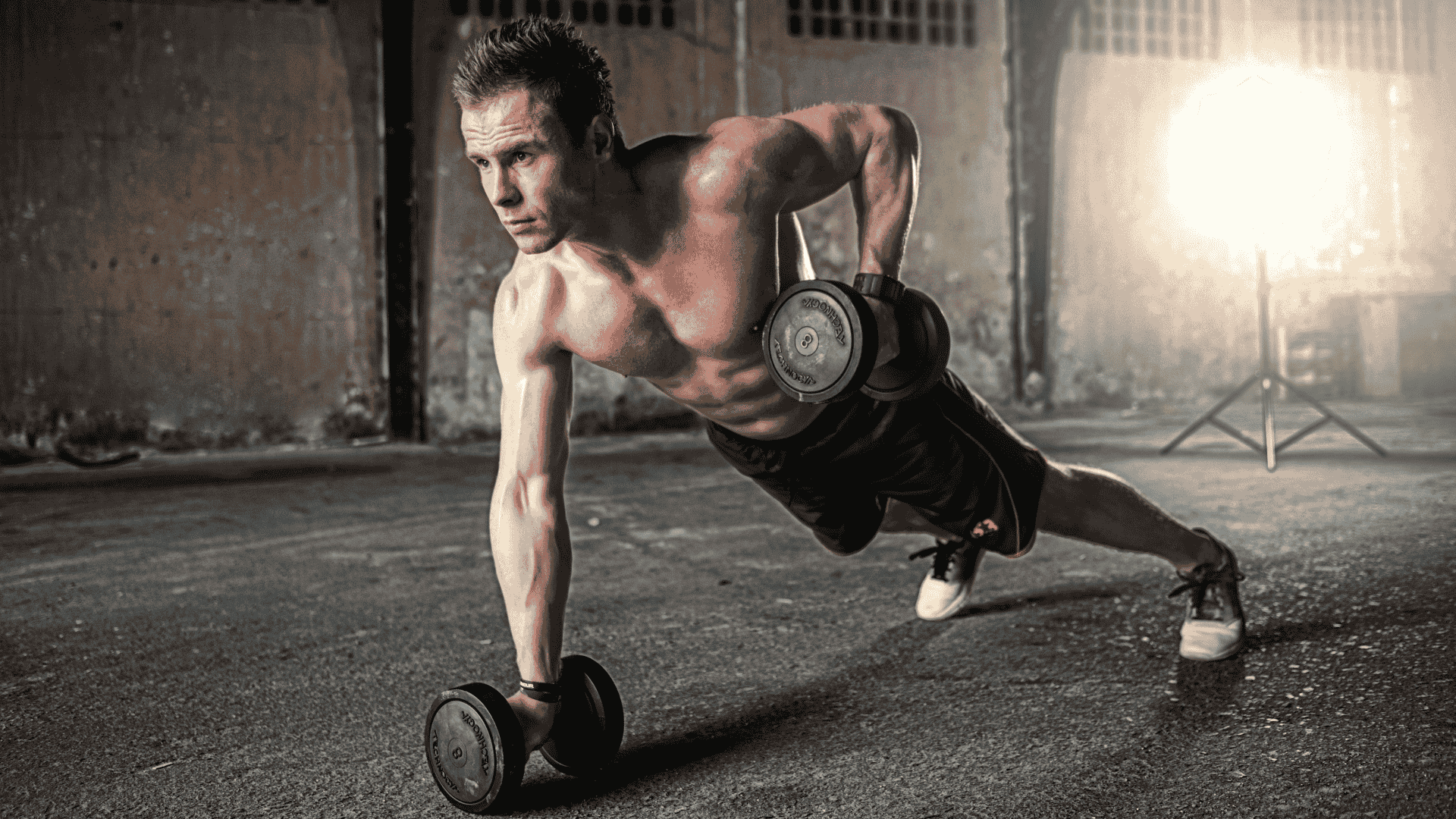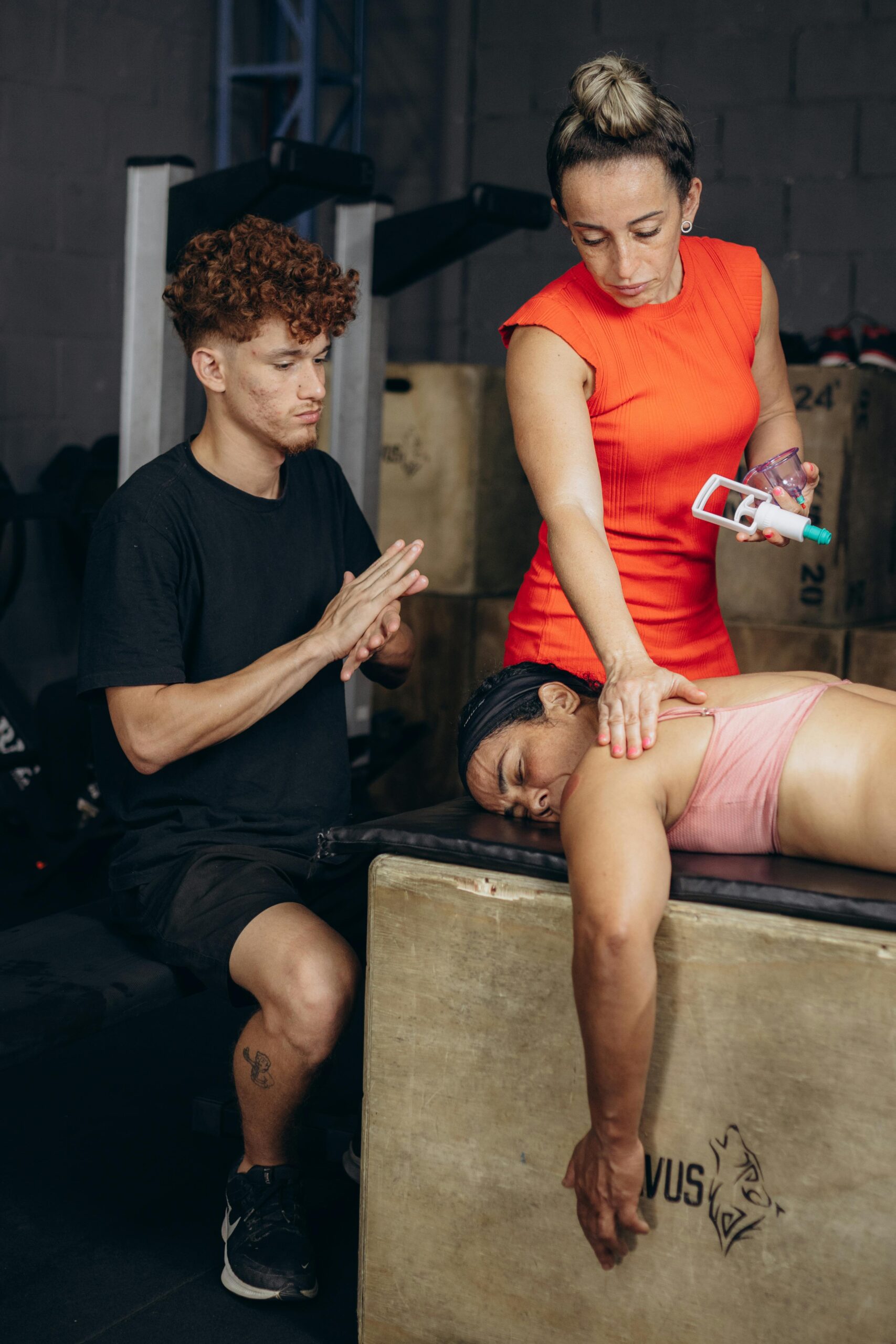The Rise of Functional Fitness and Mobility Training
In recent years, fitness trends have shifted from purely aesthetic goals, like building big muscles or achieving a certain physique, to a more practical and holistic approach. Functional fitness and mobility training have taken center stage, focusing on movements that improve everyday performance, prevent injuries, and enhance long-term health. Rather than isolating muscles, these training methods emphasize strength, stability, and flexibility in real-world movements.
What is Functional Fitness?
Functional fitness refers to exercises that mimic the movements you perform in daily life. Instead of training muscles in isolation, it focuses on full-body, multi-joint movements that improve coordination, balance, and strength. Examples include squats, lunges, push-ups, and kettlebell swings.
The goal of functional fitness is not just to look fit but to be fit in a practical sense—lifting groceries, climbing stairs, or playing with children without strain.
What is Mobility Training?
Mobility training involves improving the range of motion of your joints through exercises that target flexibility, stability, and control. Unlike static stretching, mobility focuses on active movements that prepare the body for dynamic activities. For example, hip circles, shoulder rotations, and ankle mobility drills enhance joint health and prevent stiffness.
Mobility is essential for maintaining proper form during workouts, reducing the risk of injuries, and improving performance in both sports and daily tasks.
Why Functional Fitness and Mobility Are Rising in Popularity
Several factors have contributed to the global rise of these training methods:
-
Injury prevention – Many people suffer from poor posture, back pain, or limited joint mobility due to sedentary lifestyles. Functional and mobility training counter these issues.
-
Holistic health approach – More individuals now prioritize long-term health and quality of life over short-term aesthetic goals.
-
Athlete-inspired training – Professional athletes highlight the importance of mobility and functional strength in performance.
-
Accessibility – Functional fitness often requires minimal equipment, making it ideal for home workouts.
Key Benefits
-
Improved Everyday Performance
Exercises like squats, deadlifts, and lunges translate directly into daily movements, making tasks easier and safer. -
Injury Reduction
Strengthening stabilizing muscles and improving joint mobility decreases the likelihood of strains and overuse injuries. -
Enhanced Posture and Balance
Functional training corrects imbalances caused by sitting or repetitive tasks, while mobility improves joint alignment. -
Increased Athletic Performance
Athletes benefit from better agility, strength, and movement efficiency. -
Longevity and Independence
Especially for older adults, mobility and functional fitness support independence by maintaining strength and flexibility.
Popular Functional Fitness and Mobility Exercises
-
Squats – Build leg and core strength for sitting and standing.
-
Deadlifts – Train proper lifting mechanics for heavy objects.
-
Lunges – Improve balance and lower-body coordination.
-
Kettlebell swings – Enhance hip strength and explosive power.
-
Planks – Strengthen the core for stability in all movements.
-
Hip mobility drills – Loosen tight hips for better posture.
-
Shoulder mobility exercises – Prevent stiffness from desk jobs.
-
Dynamic stretches (leg swings, arm circles) – Prepare the body for movement.
How to Get Started
-
Assess Your Current Fitness Level
Test your mobility and functional strength with basic movements like squats and push-ups. -
Start Small
Incorporate 2–3 functional workouts per week, combining strength and mobility exercises. -
Focus on Form
Proper technique is more important than heavy weights. Begin with bodyweight exercises and progress gradually. -
Add Variety
Mix resistance bands, kettlebells, and stability balls for dynamic workouts. -
Include Warm-Ups and Cool-Downs
Always prepare your joints with mobility drills before workouts and end with stretches for recovery.
Conclusion
The rise of functional fitness and mobility training reflects a broader shift in the fitness world—prioritizing health, performance, and longevity over aesthetics alone. By focusing on real-world movements and joint mobility, these methods build stronger, healthier, and more resilient bodies. Whether you’re an athlete, an office worker, or simply someone looking to stay active, functional fitness and mobility training can improve not just your workouts but your everyday life.


